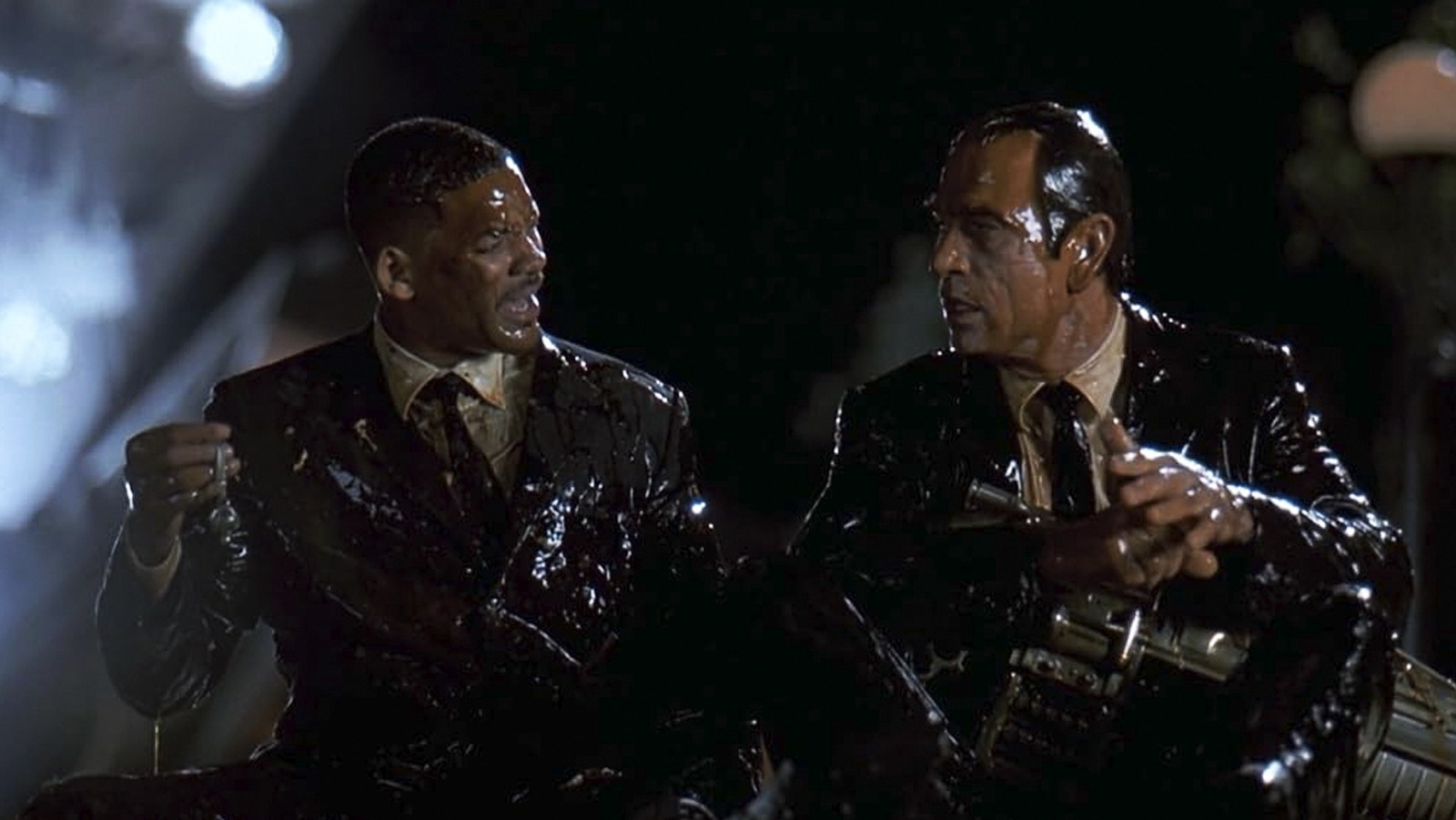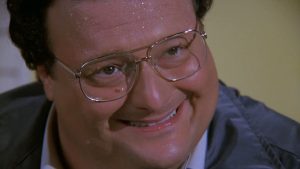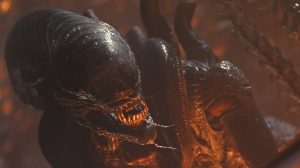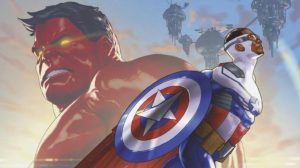
Men In Black’s Iconic Conclusion Was a Rush Job
Men In Black is the quintessential summer blockbuster. It’s sharp, hilarious, thrilling, and has moments that tug at the heartstrings, yet it also doesn’t shy away from a bit of mischief. At a brief 98 minutes, it’s a refreshing reminder that sometimes less is more. Roger Ebert was onto something when he pointed out that a great film doesn’t need to be long to be good. In today’s age of drawn-out summer hits, it’s nice to watch a movie that wraps things up quickly without leaving us to wait for what comes next.
Initially, I assumed the film’s narrative was flawless from the moment filming began, but it turns out that was a misconception. In his memoir, Barry Sonnenfeld reveals that the climactic sequence at the iconic observation towers from the 1964 New York World’s Fair was nearly a dull, action-less ending. Sonnenfeld took issue with this approach and insisted on a rewrite, likely saving the movie from mediocrity while also increasing Sony’s budget substantially.
While directing, Sonnenfeld followed a weekly tradition—he’d revisit the script and view the footage. Every time, he recognized the glaring issue: they lacked a proper ending. What was supposed to be the film’s climax? According to Sonnenfeld, it involved Will Smith engaging in an existential debate against a massive, animatronic Edgar Bug designed by Rick Baker. This just wasn’t going to cut it. He got on the phone with producers Walter F. Parkes, Laurie MacDonald, and Sony vice-chair Lucy Fisher, repeatedly expressing that their planned finale just wasn’t good enough.
The screenplay, attributed to Ed Solomon, is undoubtedly brilliant, but he was likely unavailable to make the necessary tweaks, prompting the decision to involve a writer from Friends to assist. However, that writer only managed to contribute some comedic bits without resolving the main problem. Sonnenfeld envisioned a more dynamic conclusion—a chase with Edgar ascending the tower to reach his UFO, while Will Smith’s character tried to thwart him. A possible tactic could involve Edgar’s obsession with “sugar water” or squashing cockroaches—his gritty Earth relatives—across the ground. The latter option found favor with Spielberg, leading to the now-familiar climactic scene filled with Will Smith’s improvisation.
With cockroaches on set causing their own set of challenges—Sonnenfeld noted the curious treatment of each roach as if it were precious—they finally shot the sequence they needed. Yet this success presented new issues—Sonnenfeld had to request extra funding for the CGI-laden opening and closing credits, in addition to the expensive scene at the World’s Fair. The total requested? $4.5 million.
To secure this budget, he had a rather unproductive discussion with producer Walter Parkes, who wanted to avoid contacting Steven Spielberg for approval. Thus, Sonnenfeld took a dramatic approach when he approached Sony’s Lucy Fisher for financial support. He implored her with tears, insisting on the need for additional funds to adequately finish the movie. Fisher was taken aback, but after an earnest explanation, she approved the budget increase, eager to exit the situation.
Sonnenfeld’s willingness to bare his emotions earned him a suitable conclusion for Men In Black. However, it leaves me pondering how much more he would have had to plead during the making of Men In Black II just to make it somewhat tolerable.



